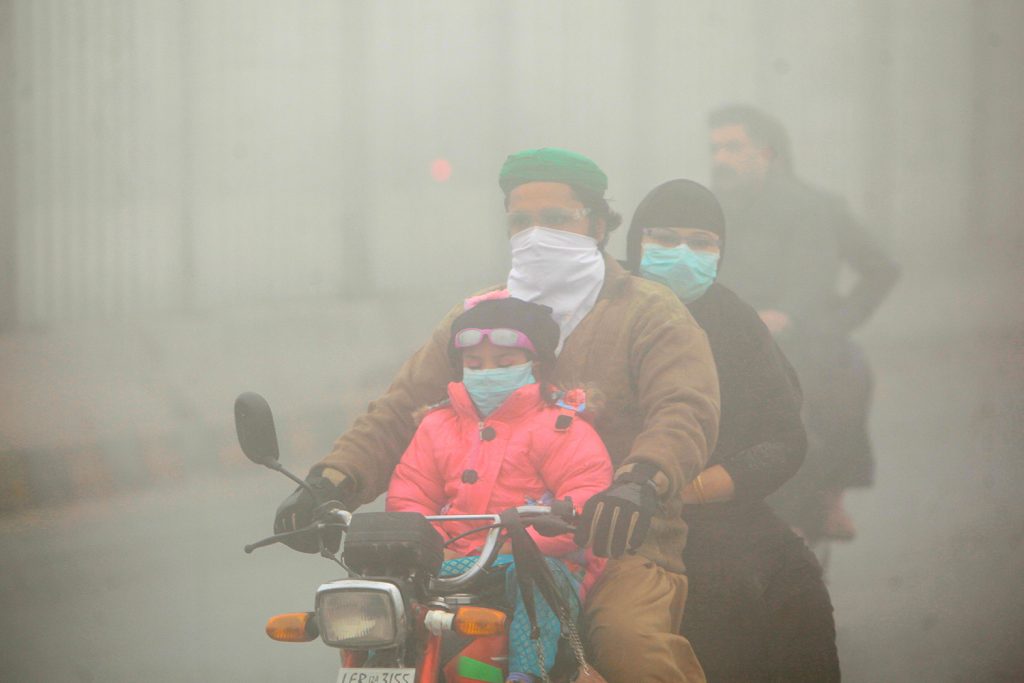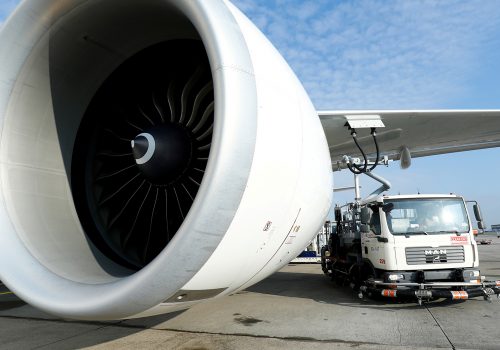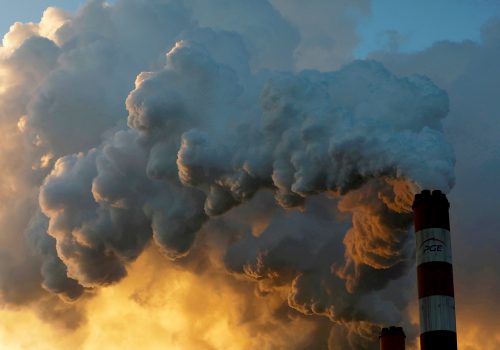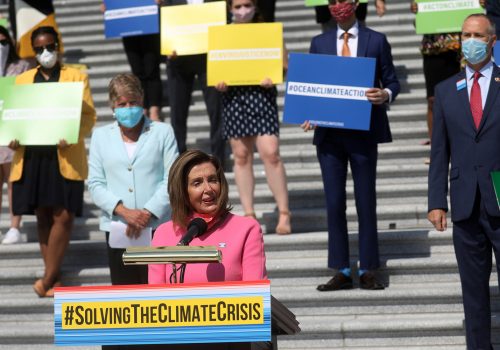The COVID-19 pandemic has revealed an “interdependent” world with “huge issues of inequity,” said Sunita Narain, director general of the Centre for Science and Environment (CSE). Without addressing these realities, “we cannot deal with the virus, and it’s the same with climate change.”
Narain issued the warning at the Atlantic Council’s Global Energy Forum during a panel moderated by Robert Hayward, chief operating officer at Chem-Energy and a Veterans Advanced Energy fellow with the Council’s Global Energy Center. Narain was joined by Bonnie Norman, president of E3 International and Jacqueline Patterson, senior director of the Environmental and Climate Justice Program at the National Association for the Advancement of Colored People (NAACP), to talk about ensuring justice in the energy transition.
“Health, clean energy, equity, and economic recovery all go together. To create the better future we’re all striving for, to ignore one is to weaken the others. So we must move forward… intentionally including everyone, especially the most vulnerable,” said Norman.
Patterson added that in her work, ensuring justice in energy isn’t only about efficacy; it’s also a matter of establishing “a world that transitions us away from an extractive economy to one that actually uplifts the civil and human rights of all, in harmony with earth rights.”
Below are highlights from a discussion that touched on everything from the interplay between energy and marginalized groups to how exactly the government and private sector can design a just energy transition and sector.
Energy impacts everyone—but some more than others
- The root of the problem: The energy transition means shifting from fossil fuels to more sustainable sources of energy. But “sustainability is not possible unless we can have affordable and inclusive growth for all,” Narain said. Her organization CSE, based in New Delhi, advocates for development that is sustainable and equitable. As an example, she noted that large numbers of people today “use very dirty biomass fuel” for cooking because “the poor are too poor to buy monetized fuel.” This reliance on dirty fuels leads to health problems, Narain added. “The [lack of] access to clean energy is about as dehumanizing as anything can be and it is unacceptable.”
- Women face “wicked” impacts: Of all marginalized and vulnerable groups, Narain said “the face of the poor woman is what you need to consider when it comes to” everything from “climate justice, to the issues of development rights, to the issue of poverty, [and] to the issue of food.” Women use biomass fuels to cook because it is expensive to purchase liquid petroleum gas cylinders, she explained. “This impacts the lives of women; it is a wicked, wicked problem because women’s health is always seen as the last priority.”
- But women also offer hope: “If we can keep the face of that last woman in mind, we will get our policies right,” Narain said, noting how developing miniature electricity grids in villages could help support women with cleaner energy. “When women get extra money, it goes into the health and well-being of their families,” Norman said, but “so very often, they don’t have the capacity-building and training,” which E3 International focuses on in an effort to develop sustainable energy strategies that promote energy security.
- The top indicator of vulnerability: “There are so many ways that we see a disproportionate impact of climate change and energy and justice on women,” Patterson noted. Smokestacks, for example, release emissions with endocrine disruptors that have an effect on birth outcomes, while extreme heat has been tied to high maternal mortality rates in African American communities. Race, she added, is the number-one indicator of likelihood to be exposed to disproportionate impacts from polluted air and water associated with fossil fuel-based energy use. “An African American family making $50,000 dollars a year is more likely to live next to a toxic facility than a white American only making $10,000 a year,” she said, and “an African American child is three to five times more likely to enter the hospital from an asthma attack than a white American child.” Such outcomes “are directly tied to the environment of these communities,” she added.
- Hand over the steering wheel: These marginalized groups are “also the most likely to be impacted by this transition to a new energy economy,” Patterson continued. So “we have to… not only just [consider] folks who are most vulnerable, but [put] folks who are traditionally marginalized in the front lines of decision-making and leadership and really [stand] behind their leadership.” Through the Black Labor Initiative on Just Transition project, led by the NAACP Environmental and Climate Justice Program, “we’re making sure that they’re in the driver’s seat in terms of determining what kind of policies we need to put in place in the context of this transition.”
Watch the full event
How policy can jumpstart a just energy transition
- Community first: To ensure justice in the energy transition, Patterson argued that elected officials should “start with the visions of the communities in terms of what they want to see and then… implement the community’s vision” of a just energy transition.
- A market-based approach: Norman, also a board member of the Montgomery County Green Bank, which provides residents and businesses competitive loan rates and credit access for clean-energy projects, highlighted the role of green banks. “Green banks are policy tools” that use money from public-purpose bonds to attract private investment in clean energy, she explained. A green bank’s “mission is to make financing affordable and accessible to those who need it most.”
- Solutions, too, must be just: For Narain, the biggest challenge is figuring out how to put “money back into the hands of the communities.” As land-based solutions—like carbon sequestration through trees—become more prevalent, Narain noted, the land and rights of the poor become more endangered. Just policies can help ensure “their lands are not used as another way to clean up the dirt of the rich, but that the poor communities actually benefit, and they have rights, and they get the real value for their land and their labor.”
Katherine Walla is the assistant director of editorial at the Atlantic Council.
Further reading
Image: People use face masks to protect themselves from morning smog as they ride on bike along a road. REUTERS/Mohsin Raza



